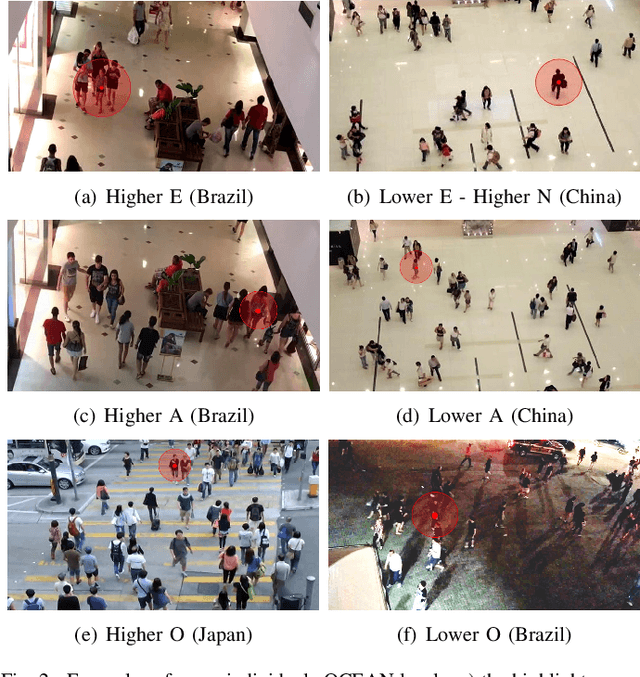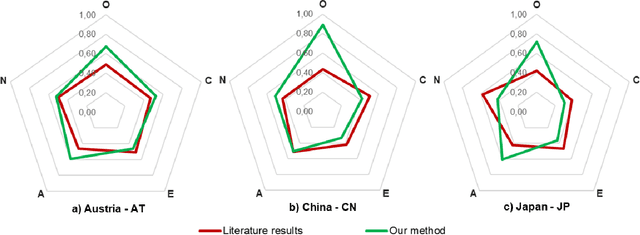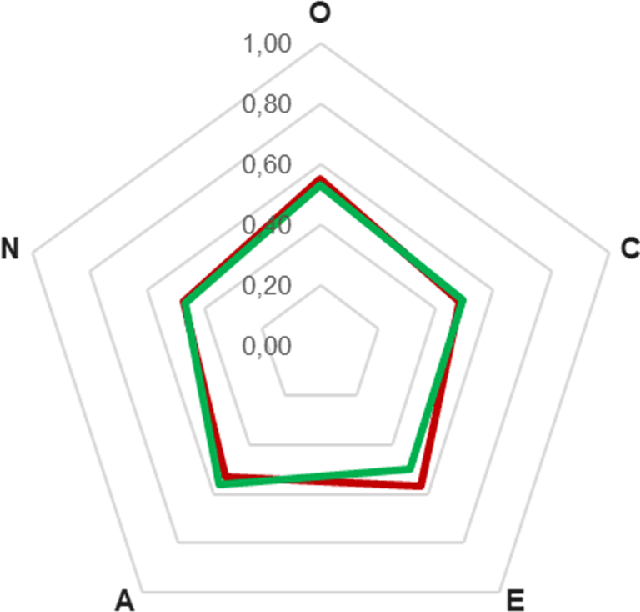Leandro Dihl
Automatic Dataset Augmentation Using Virtual Human Simulation
May 01, 2019



Abstract:Virtual Human Simulation has been widely used for different purposes, such as comfort or accessibility analysis. In this paper, we investigate the possibility of using this type of technique to extend the training datasets of pedestrians to be used with machine learning techniques. Our main goal is to verify if Computer Graphics (CG) images of virtual humans with a simplistic rendering can be efficient in order to augment datasets used for training machine learning methods. In fact, from a machine learning point of view, there is a need to collect and label large datasets for ground truth, which sometimes demands manual annotation. In addition, find out images and videos with real people and also provide ground truth of people detection and counting is not trivial. If CG images, which can have a ground truth automatically generated, can also be used as training in machine learning techniques for pedestrian detection and counting, it can certainly facilitate and optimize the whole process of event detection. In particular, we propose to parametrize virtual humans using a data-driven approach. Results demonstrated that using the extended datasets with CG images outperforms the results when compared to only real images sequences.
Using Big Five Personality Model to Detect Cultural Aspects in Crowds
Mar 05, 2019



Abstract:The use of information technology in the study of human behavior is a subject of great scientific interest. Cultural and personality aspects are factors that influence how people interact with one another in a crowd. This paper presents a methodology to detect cultural characteristics of crowds in video sequences. Based on filmed sequences, pedestrians are detected, tracked and characterized. Such information is then used to find out cultural differences in those videos, based on the Big-five personality model. Regarding cultural differences of each country, results indicate that this model generates coherent information when compared to data provided in literature.
 Add to Chrome
Add to Chrome Add to Firefox
Add to Firefox Add to Edge
Add to Edge